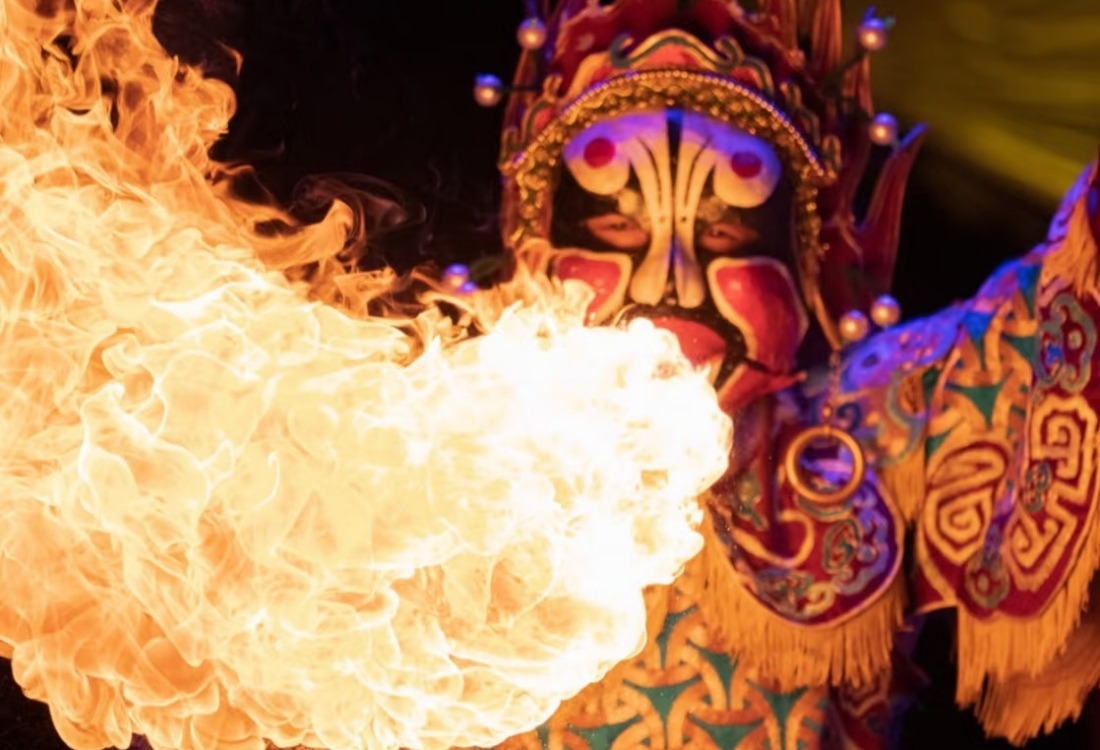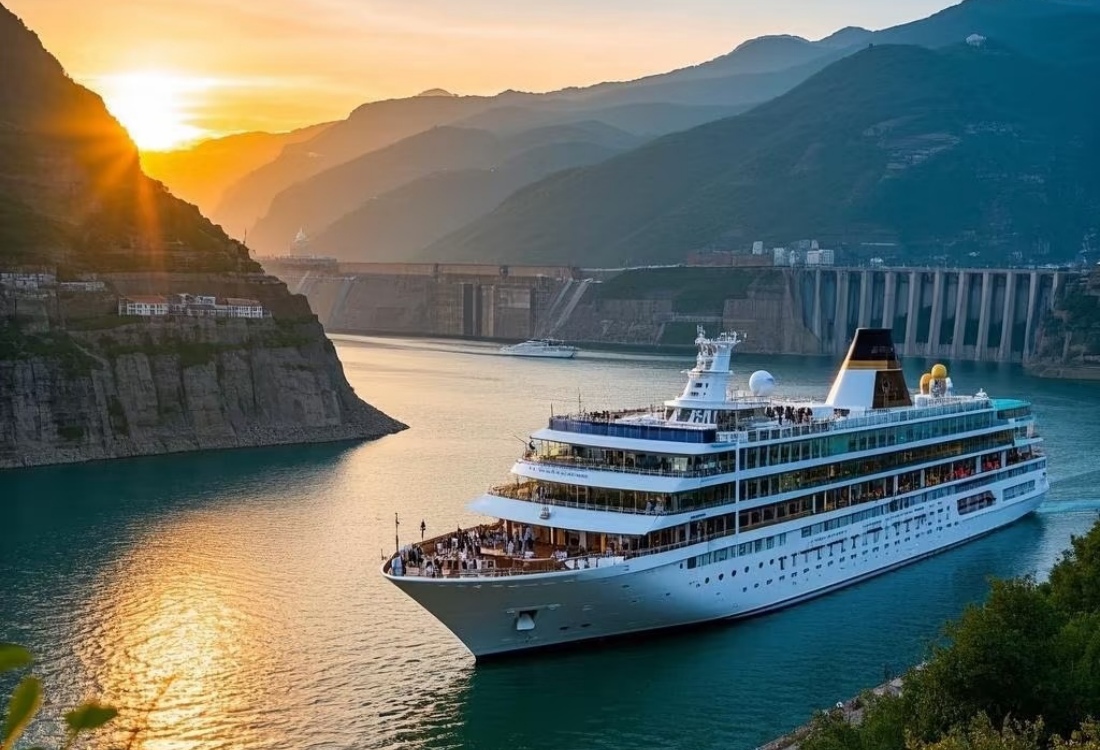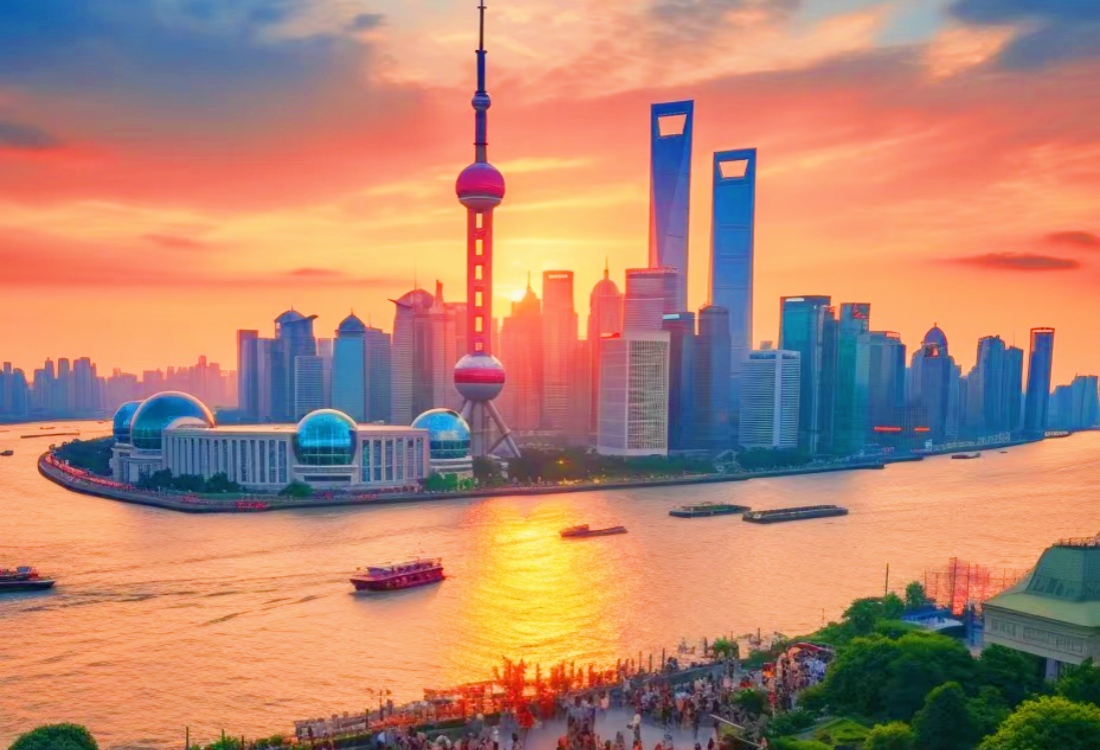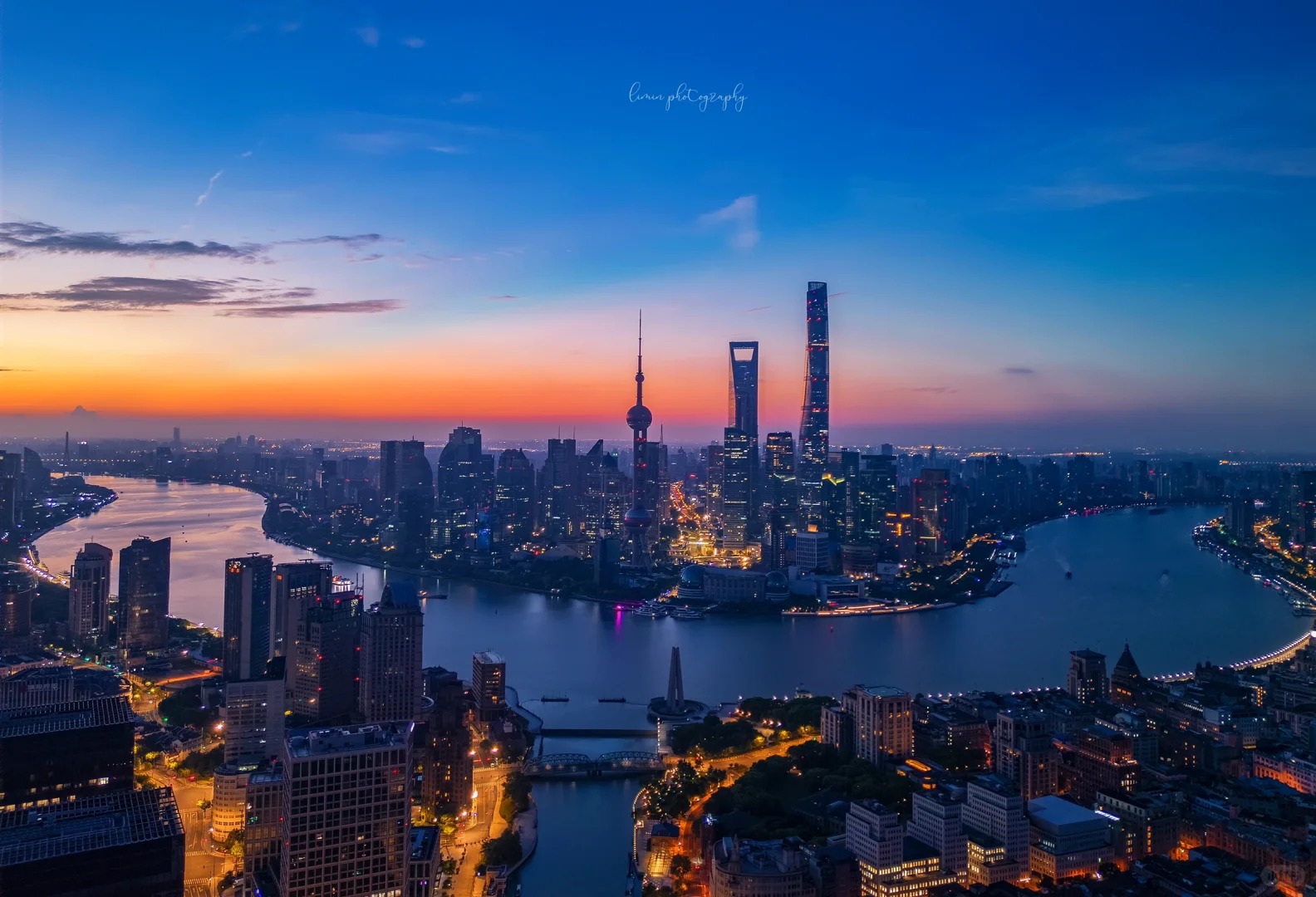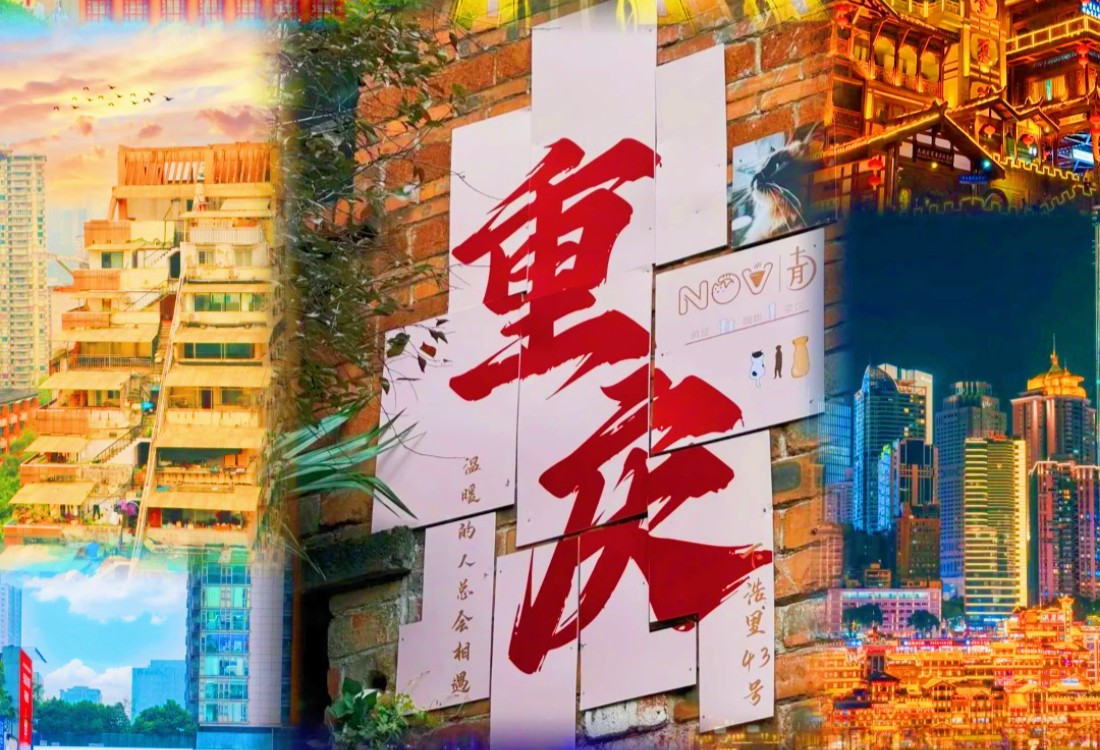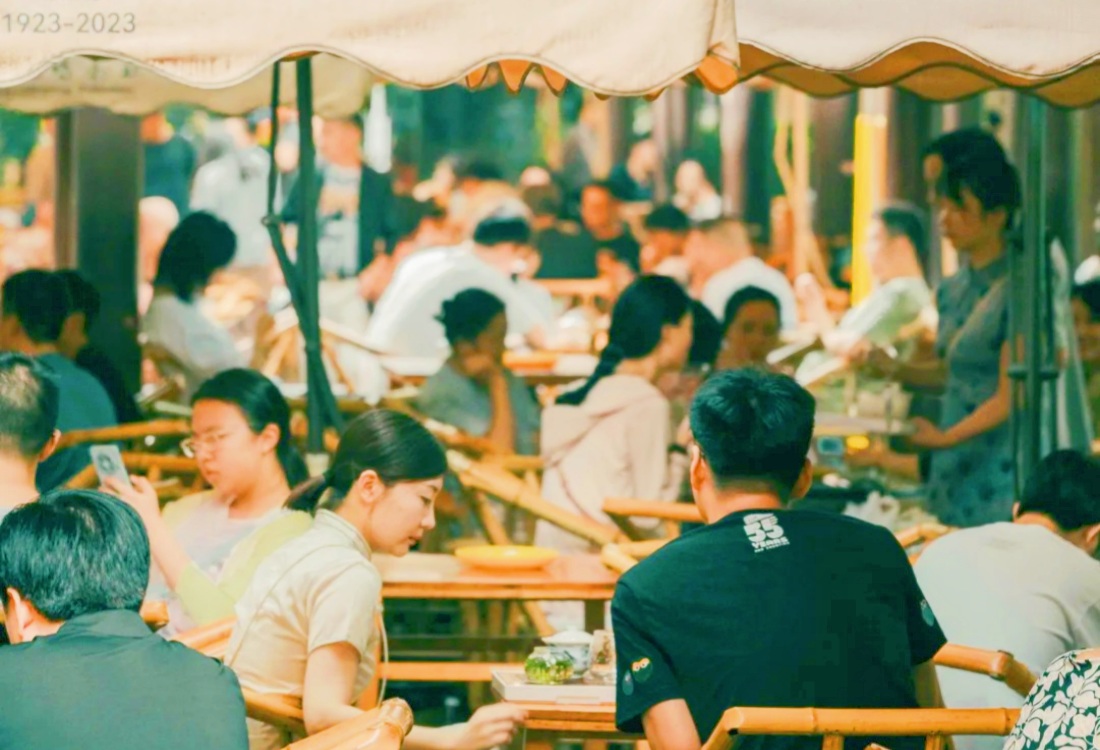Table of Contents
ToggleDiscover the timeless charm of the Silk Road with this in-depth travel guide. From ancient capitals like Xi’an and Luoyang to desert marvels in Dunhuang and Kashgar, this article explores top destinations, scenic spots, suggested itineraries, and essential travel tips. Whether you’re drawn to cultural wonders, historic sites, or natural landscapes, our guide helps you plan an unforgettable journey through China’s most legendary trade route.
Why the Silk Road Should Be Your Next Adventure
The Silk Road isn’t just a historic trade route – it’s a living museum of human civilization. For centuries, this network of pathways connected China with the Mediterranean, facilitating the exchange of goods, ideas and cultures. Today, travelers can walk through ancient cities that once buzzed with merchants, explore well-preserved Buddhist grottoes, and experience traditions that have endured for millennia. The route’s diverse landscapes – from China’s Taklamakan Desert to Uzbekistan’s fertile valleys – make every journey visually spectacular.


Xian Terracotta Army Day Tour: Top Attractions & Local Foods
Below is a list of key destinations on the Silk Road and their must-see attractions:
| Destination | Key Attractions |
|---|---|
| Xi’an(China) | Terracotta Army, Ancient City Wall, Big Wild Goose Pagoda |
| Dunhuang(China) | Mogao Caves, Crescent Lake, Singing Sand Dunes |
| Turpan (Xinjiang) | Jiaohe Ancient City, Flaming Mountains, Karez System |
| Kashgar (Xinjiang) | Id Kah Mosque, Sunday Bazaar, Old Town |
| Qinghai | Qinghai Lake, Ta’er Monastery (Kumbum Monastery), Chaka Salt Lake |
| Luoyang (China) | Longmen Grottoes, White Horse Temple, Luoyang Ancient Tomb Museum |
Xi’an(China)
Xi’an, once known as Chang’an, served as the capital for thirteen dynasties. It was the crucial eastern gateway of the overland Silk Road. The city preserves much of its imperial past. Visitors can still see ancient city walls and lively markets. These places show China’s rich history and its early connections with the West.
1.The Terracotta Army
The Terracotta Army is a world-renowned archaeological discovery. It consists of thousands of life-sized pottery soldiers, horses, and chariots. They guard the tomb of Emperor Qin Shi Huang, China’s first emperor. This site reveals incredible ancient Chinese artistry and military power. It highlights the emperor’s quest for immortality. This vast underground army offers a powerful glimpse into a bygone era.

2.Ancient City Wall
Built during the Ming Dynasty, this massive rectangular wall stretches over 13 kilometers. It is one of the best-preserved ancient city walls in the world. Visitors can rent bikes and enjoy scenic rides along the top, offering a bird’s-eye view of Xi’an’s blend of ancient and modern life.
3.Big Wild Goose Pagoda
Constructed in the 7th century during the Tang Dynasty, this pagoda was built to store Buddhist scriptures brought from India. The surrounding temple complex and peaceful gardens offer spiritual and cultural immersion in the heart of Xi’an.
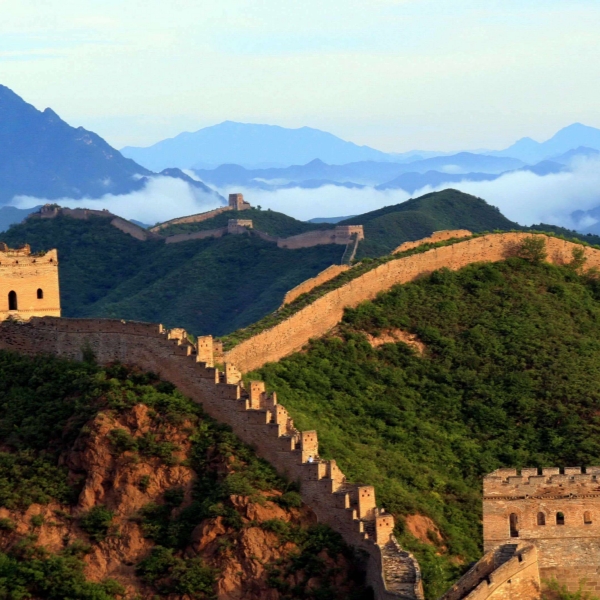
13 Days China Top City Tour : Beijing Xian Zhangjiajie Guilin Shanghai
Dunhuang(China)
Dunhuang was an important stop on the Silk Road. It connected China with Central Asia and served as a key place for trade and cultural exchange. Travelers brought goods and ideas, making Dunhuang a rich mix of cultures. The Mogao Caves are a lasting symbol of this history.
1. Mogao Caves
Mogao Caves, also known as the Thousand Buddha Grottoes, this UNESCO site houses more than 700 caves filled with Buddhist art and murals spanning 1,000 years. The artwork provides invaluable insight into the religion, history, and daily life of Silk Road travelers.

2. Crescent Lake
Nestled between massive sand dunes, this natural spring forms a crescent-shaped oasis. Its location made it an essential rest stop for ancient caravans. The crystal-clear water and picturesque surroundings create a striking contrast with the surrounding desert.

10 Days Silk Road Gansu Tour from Xi’an : Dunhuang, Lanzhou, Xiahe, Jiayuguan
3.Singing Sand Dunes
These massive dunes make a unique humming sound when the wind moves the sand. Visitors can hike, camel ride, or slide down the dunes, experiencing both adventure and the unique acoustics of the desert.
Turpan(Xinjiang)
Turpan is a unique desert oasis, lying below sea level. Despite being one of China’s hottest and driest areas, it flourished as a Silk Road hub. The Jiaohe Ancient City offers ruins of a well-planned, earthen city. It sits on an island fortress and bears witness to thousands of years of trade and urban life. Another marvel is the Karez Irrigation System, an ingenious network of underground channels. These channels bring mountain water across the desert, allowing for agriculture and sustained settlement. You can even walk through parts of these ancient tunnels.
1. Jiaohe Ancient City
Perched on a plateau, Jiaohe was once a strategic stop on the Silk Road. The city, built from raw earth, has survived more than 2,000 years. Walking through the ruins offers a vivid picture of ancient life and urban planning in the desert.

2. Flaming Mountains
These red sandstone hills are known for their fiery appearance under the sun. The site is famous in Chinese folklore, particularly in the novel Journey to the West. Their striking landscape makes them a favorite among photographers and history lovers.
3. Karez System
An ancient irrigation network that brings water from the mountains to the dry Turpan Basin. It works through underground channels that prevent evaporation. This remarkable engineering feat made desert agriculture possible for centuries.
Kashgar(Xinjiang)
Kashgar, located in western China, marked a critical junction of the northern and southern Silk Road routes. It retains a strong Silk Road atmosphere. Its old town, though undergoing modernization, still features narrow alleys and traditional Uyghur architecture. The Sunday Market is one of the largest open-air markets in Central Asia. Here, traders still sell livestock, fruits, and handmade goods, keeping the ancient trading spirit alive.
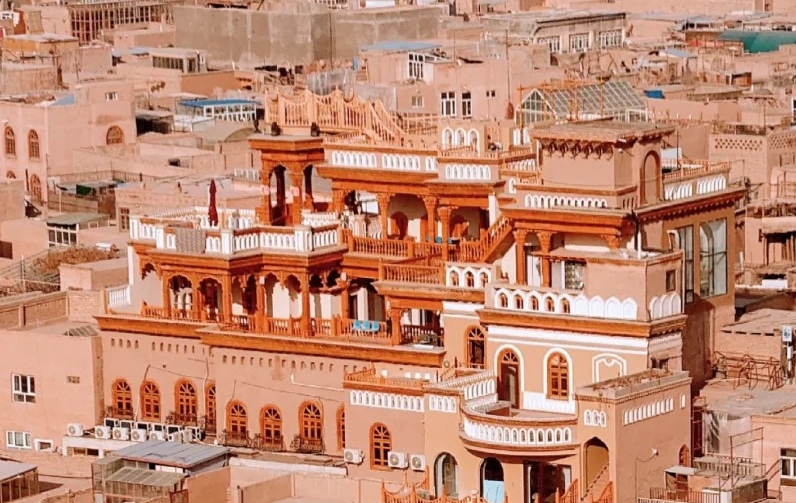
1. Id Kah Mosque
Dating back to the 15th century, this is the largest mosque in China and a major religious site for Uyghur Muslims. The mosque’s unique blend of Islamic and Central Asian architecture makes it a cultural landmark.
2. Sunday Bazaar
Held weekly, this market is one of the largest in Central Asia. Traders sell spices, carpets, fabrics, and livestock. It’s a sensory feast and a cultural hub where tradition meets daily life.
3. Old Town
This historic district features winding alleys, clay-brick houses, and traditional courtyards. It reflects centuries of Uyghur heritage and offers an authentic glimpse into Silk Road-era urban living.
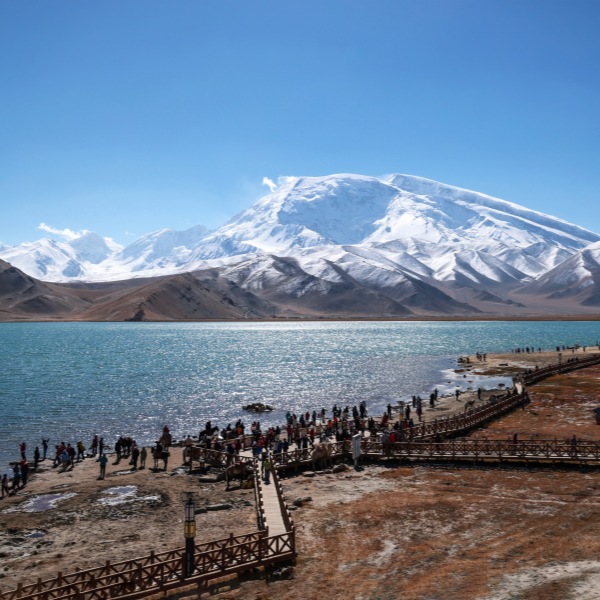
8 Days Southern Xinjiang Cultural Tours: Urumqi to Kashgar
Qinghai (China)
Qinghai played an important role in the Silk Road as a key passage linking central China with Tibet and Central Asia. Its highland routes allowed traders and pilgrims to cross challenging terrains. Qinghai’s natural resources and Tibetan Buddhist culture also influenced Silk Road exchanges, making it a vital area for trade and cultural interaction.
1. Qinghai Lake
Sitting at over 3,000 meters above sea level, Qinghai Lake is the largest saltwater lake in China. Its turquoise waters are surrounded by snow-capped mountains and grasslands, making it a prime location for hiking, cycling, and birdwatching.

2. Ta’er Monastery (Kumbum Monastery)
Located near Xining, this Tibetan Buddhist monastery is known for its artistic heritage, including intricate butter sculptures and colorful thangka paintings. Pilgrims and tourists alike come here to experience spiritual depth and local culture.
3. Chaka Salt Lake
Famous for its mirror-like surface, Chaka Salt Lake reflects the sky, clouds, and visitors. This surreal natural wonder attracts photographers and travelers looking for serenity and beauty.
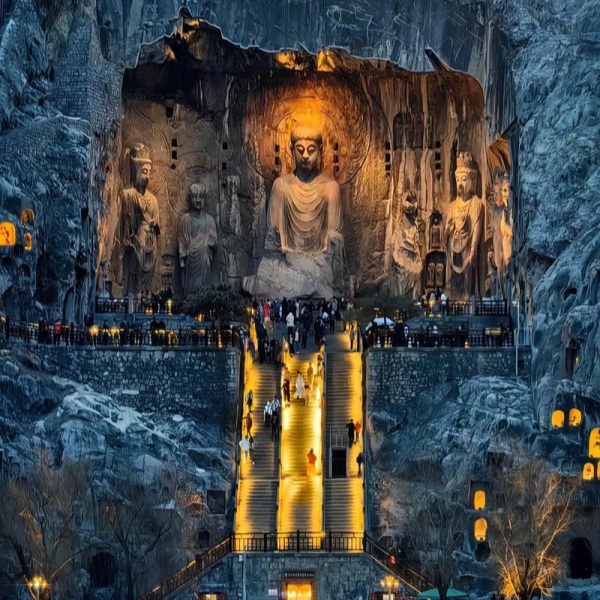
3 Days Luoyang Classic City Tour: Explore Longmen Grottoes
Luoyang (China)
Luoyang was a major hub on the Silk Road, serving as a political and cultural center in ancient China. It connected the eastern and western regions, helping to facilitate trade, cultural exchange, and the spread of Buddhism along the route. Luoyang’s historical sites reflect its important role in Silk Road history.
1. Longmen Grottoes
Carved into limestone cliffs along the Yi River, the grottoes contain tens of thousands of Buddha statues and inscriptions from as early as the Northern Wei Dynasty. It’s a spiritual site and an artistic masterpiece.

2. White Horse Temple
Established in 68 AD, it is known as China’s first Buddhist temple. With traditional Chinese architecture and peaceful courtyards, it played a key role in introducing Buddhism to China.
3. Luoyang Ancient Tomb Museum
This museum displays restored tombs and burial artifacts from various dynasties. It gives visitors a deeper understanding of Chinese burial customs and the importance of Luoyang in ancient times.
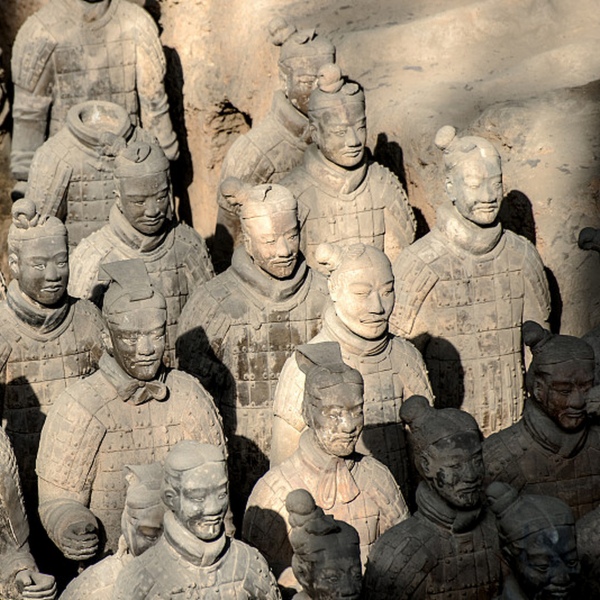
12 Days Ancient China Tour : Beijing Luoyang Xi’an Zhangjiajie
Suggested Itineraries
Itinerary 1: Classic Silk Road Caravan Route (10 Days)
| Day | Location | Key Scenic Spots |
|---|---|---|
| 1–2 | Xi’an | Terracotta Army, Ancient City Wall |
| 3 | Luoyang | Longmen Grottoes, Luoyang Ancient Tomb Museum |
| 4–5 | Dunhuang | Singing Sand Dunes, Mogao Caves |
| 6–7 | Turpan | Karez System, Flaming Mountains |
| 8–10 | Kashgar | Old Town, Id Kah Mosque, Sunday Bazaar |
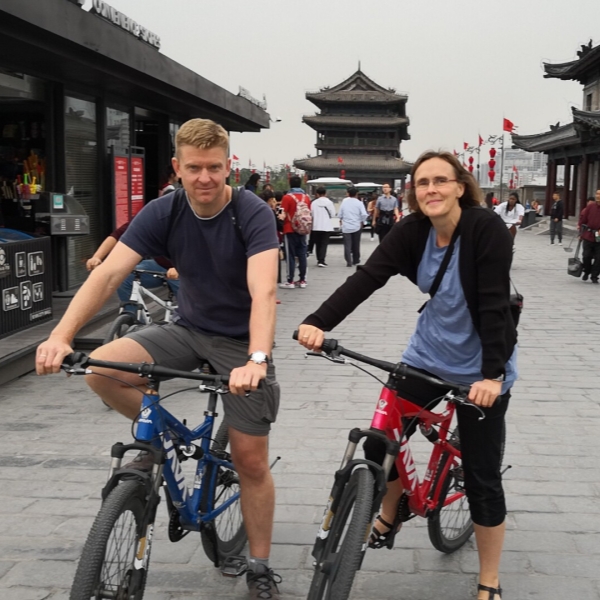
10 Days Best Silk Road Tour from Beijing to Xi’an, Dunhuang, Xinjiang
Itinerary 2: Spiritual and Natural Wonders (14 Days)
| Day | Location | Key Scenic Spots |
|---|---|---|
| 1–2 | Xi’an | Big Wild Goose Pagoda, Ancient City Wall |
| 3–4 | Luoyang | White Horse Temple, Longmen Grottoes |
| 5–6 | Qinghai | Ta’er Monastery, Qinghai Lake, Chaka Salt Lake |
| 7–8 | Dunhuang | Mogao Caves, Crescent Lake |
| 9–10 | Turpan | Flaming Mountains, Jiaohe Ancient City |
| 11–14 | Kashgar | Sunday Bazaar, Id Kah Mosque, Old Town |
Practical Planning Guide
Best Times to Travel:
- Spring (April-May): Pleasant temperatures, blooming landscapes
- Fall (September-October): Harvest seasons, cultural festivals
- Avoid: July-August (extreme heat), January-February (bitter cold)
Transportation Options:
- China: High-speed trains connect major cities
- Flights Domestic Flights
- Connects far western cities (e.g., Xi’an → Dunhuang, Urumqi → Kashgar)
- Airlines: China Eastern, Air China
- Book via Ctrip or Skyscanner
- Some sites (e.g., Turpan, Hotan) require flights + short drives
Packing Checklist:
- Lightweight, modest clothing for mosque visits
- Sturdy walking shoes for ancient ruins
- Universal power adapter
- Silk Road guidebook/phrasebook

13 Days China Silk Road Tour: Xinjiang Kashgar, Urumqi, Turpan, Dunhuang, Xi’an
Essential Travel Experiences
Sleep in a Yurt – Stay with Kazakh herders near Lake Issyk-Kul
Bazaar Hopping – Compare markets from Xi’an to Istanbul
Silk Making Demo – Witness the process in Khotan, China
Ancient Caravanserai Visit – Step into a 14th century merchant inn
Calligraphy Workshop – Learn Arabic script in Bukhara
Try the delicious food on the Silk Road:You can taste all kinds of delicious food in Xi’an and Luoyang.
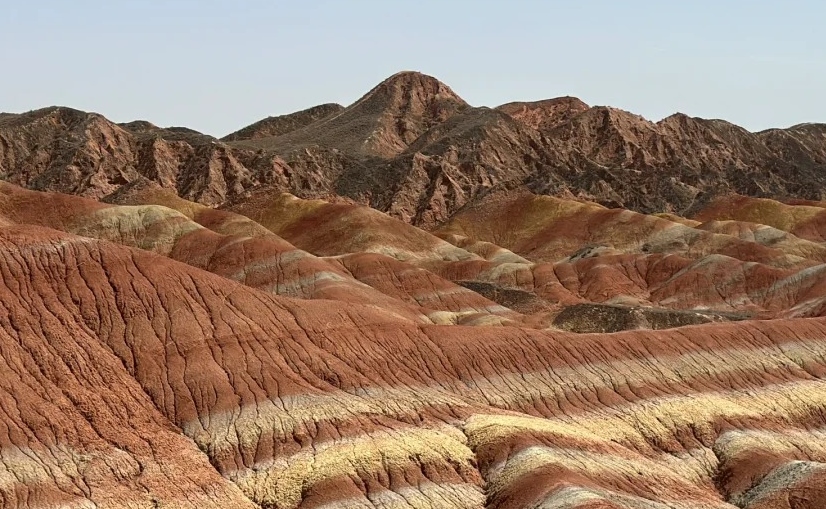
Cultural Etiquette Tips
Religious Sites: Remove shoes, cover shoulders/knees
Photography: Always ask permission before photographing people
Bargaining: Expected in markets, but keep it friendly
Gifts: Small souvenirs from home make excellent icebreakers
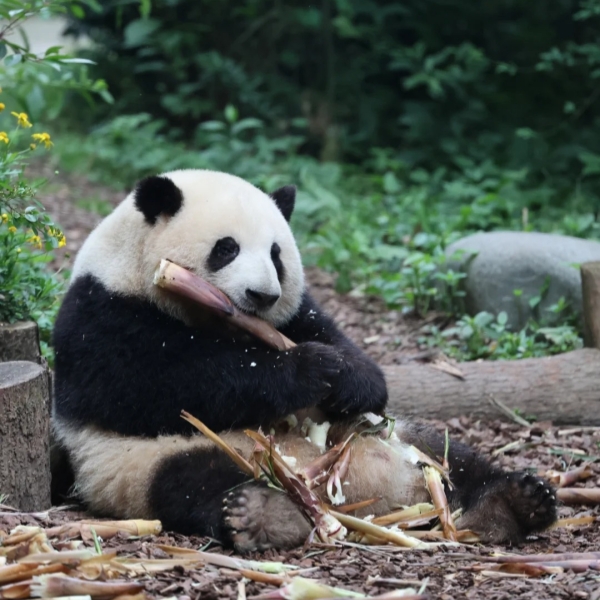
8 Days Chengdu Panda & Silk Road Tour: Xi’an, Zhangye, Jiayuguan, Dunhuang
Frequently Asked Questions(FAQs)
What is the Silk Road?
The Silk Road was an ancient network of trade routes. It connected the East and West, linking China with Central Asia, the Middle East, and Europe. It facilitated the exchange of goods, ideas, religions, and technologies for centuries.
What are the main countries to visit on a Silk Road tour?
The main countries typically include China and Uzbekistan, which host many of the most iconic and well-preserved Silk Road cities and attractions. Other popular countries include Kyrgyzstan, Tajikistan, Kazakhstan, Iran, and Turkey.
How long does a typical Silk Road tour last?
A comprehensive Silk Road tour can last from two weeks to over a month, depending on how many countries and destinations you wish to visit. Shorter trips often focus on a single country or a specific section of the route, such as China’s Hexi Corridor or Uzbekistan’s historical cities.
Is the Silk Road safe to travel today?
Generally, yes. Most popular Silk Road destinations in China and Central Asia are safe for tourists. However, as with any international travel, it is wise to research current travel advisories and take standard safety precautions.
What kind of climate can I expect along the Silk Road?
The climate varies significantly along the vast expanse of the Silk Road. You can encounter arid deserts with extreme temperatures, mountainous regions, and more temperate zones. Spring and autumn are generally the most comfortable seasons for travel due to milder weather.



